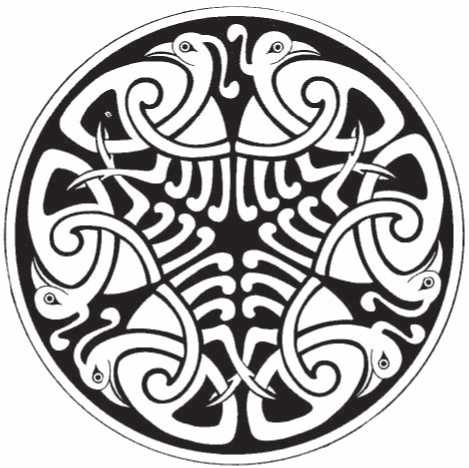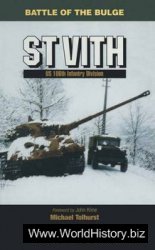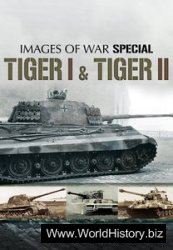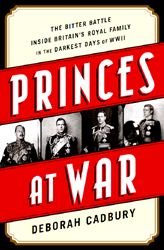The earliest vernacular writings from Ireland and Wales provide a wealth of mythology and tradition relating to animals, endorsing the Celtic attitude to the animal world that is implied by other evidence. These oral traditions were compiled in written form in the early Christian period. The Irish material began first to be preserved in writing in the sixth century AD, but only a very few fragments of manuscripts survive from a period earlier than 1100. Much of the early Insular material was compiled by Christian redactors, monks who worked in Irish monasteries during the twelfth century. But some of the stories - the Ulster Cycle is a prime example - undoubtedly include much that relates to pre-Christian pagan traditions.
For Ireland, the prose tales which are of greatest interest to us consist of three groups, of which one, the Mythological Cycle, includes the Book of Invasions (the Leabhar Gabhdla). The Book of Invasions records the activities of the Tuatha De Danann, a divine race of beings who inhabited the island before being driven underground to create an Otherworld kingdom by the next invaders of Ireland, the Gaels (or Celts). The second important cycle is the Fionn Cycle, which relates the story of the hero Finn. This is especially interesting because there is a close association between Finn and the natural world. The third Insular collection is the Ulster Cycle, of which the most influential group of tales is the 'Tain Bo Cuailnge', the Cattle Raid of Cooley. This group contains the stories of the conflict between Ulster and Connacht, symbolized by the fight between their two great bulls, the exploits of the young superhuman hero Cu Chulainn and of other individuals of supernatural status.
For Wales, the most relevant written Celtic material consists of the Four Branches of the Mabinogi, the 'Tale of Culhwch and Olwen', and related stories, such as 'Peredur' and the 'Dream of Rhonabwy'. The Four Branches are four separate but related stories: the tales of Pwyll, Rhiannon and Pryderi, and Pwyll's sojourn in Annwn (the Welsh underworld); Branwen and Bendigeidfran, children of Llyr and the great battle between Britain and Ireland; Manawydan and the journey of

Figure 7.1 'Celtic Cranes', a drawing by Jen Delyth.
Pryderi, Rhiannon and himself into England; and Math, lord of Gwynedd, which includes the story of Gwydion, Lleu Llaw Gyffes and the treacherous Blodeuwedd, the lady conjured out of flowers. The 'Tale of Culhwch and Olwen' is a quest tale, in which Culhwch desires to wed Olwen, but is forbidden to do so by her father until he has performed a series of nearimpossible tasks. The Culhwch and Olwen story is one of the earliest in the Welsh tradition, belonging perhaps to the tenth century in its original form. The Mabinogi was probably compiled in the eleventh century from material which is probably some centuries older.1
The vernacular legends tell stories of gods and heroes, the super-natural world, battles, quests and romances. And interwoven with these heroic stories are special, supernatural animals. There are many tales of enchanted beasts, with superhuman wisdom or the ability to communicate with both gods and humans. A strong thread running through the early written tradition is the concept of skin-turning, shape-changing or metamorphosis from human to animal form. This is a phenomenon which is paralleled in the Norse myths: an example is the god Loki, who shifts shape to a number of different forms at different times. Magic beasts continually interrelate with human heroes, sometimes luring them to the Otherworld; and some creatures, especially pigs, are self-regenerating, being constantly killed, eaten and reborn, in order to provide ever-replenishing supplies for the
Otherworld Feast. Sometimes, the beasts described are exotic species which would not actually have existed in the Celtic world. Thus, we hear of the lion smote by Peredur, in a Welsh tale of that name, associated with the Mubinogif and another lion appears in deadly combat with a huge snake, witnessed by Owein, in 'The Lady of the Fountain', another early Welsh story. Animals were important in Irish divination, according to the Insular literature. The ninth-century AD glossator Cormac comments on a divination rite known as Himbas Forosnai, whereby the future was foretold by chewing the flesh of pigs, dogs or cats.3
It is clear from the stories that animals played a large role in the Celtic consciousness, a role in which beasts were respected and not held in low esteem, the chattels of humans. They were herded, hunted and consumed, but at the same time they were perceived as being of crucial importance and possessed high rank by being closely associated with the supernatural world.




 World History
World History









